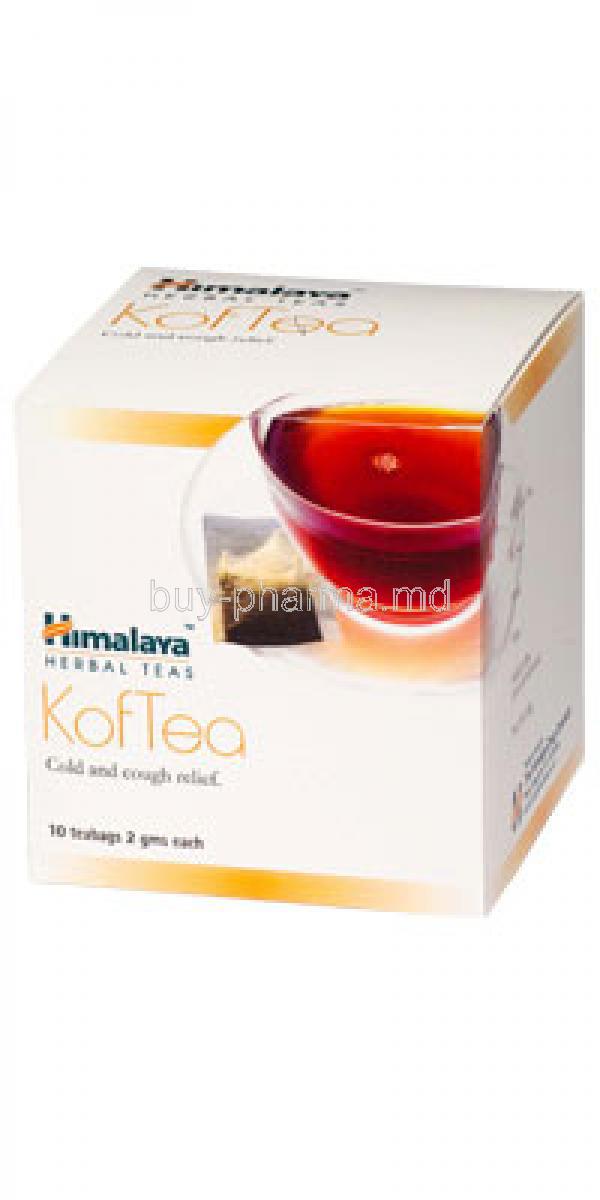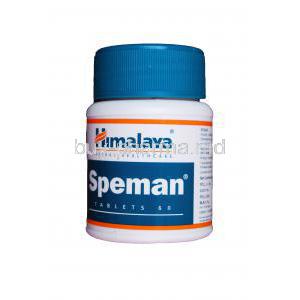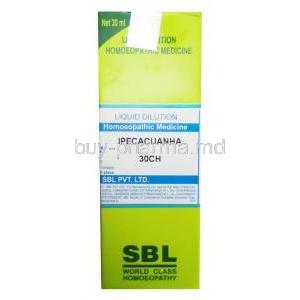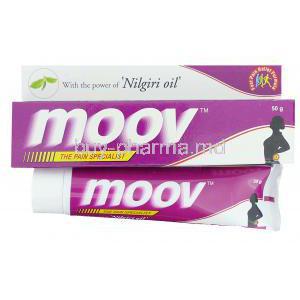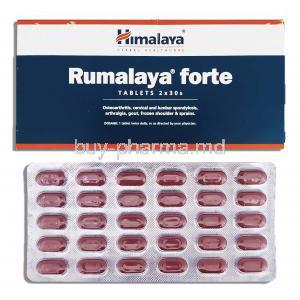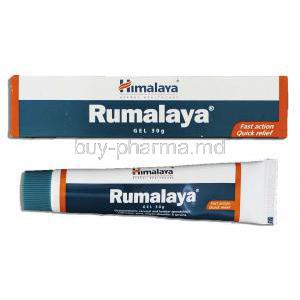Himalaya Kof Tea
- 1. Introduction to Himalaya Kof Tea
- 2. Composition and Active Herbal Ingredients
- 3. Mechanism of Action: How Himalaya Kof Tea Works
- 4. Therapeutic Uses and On-Label Indications
- 5. Off-Label Uses and Complementary Health Benefits
- 6. Recommended Dosage and Administration Guidelines
- 7. Common Side Effects and What to Expect
- 8. Less Common and Serious Side Effects
- 9. Important Drug, Food, and Supplement Interactions
- 10. Warnings and Contraindications
- 11. Guidelines for Careful Administration
- 12. Essential Precautions Before and During Use
- 13. Use in Special Populations: Elderly Individuals
- 14. Use in Pregnant Women and Nursing Mothers
- 15. Use in Pediatric Population
- 16. Overdose Risks and Symptoms
- 17. Storage Instructions for Product Integrity
- 18. Safe Handling and Disposal Practices
1. Introduction to Himalaya Kof Tea
Himalaya Kof Tea is a meticulously crafted herbal infusion designed to support respiratory wellness and soothe throat discomfort. Rooted in centuries of Ayurvedic tradition, this herbal tea integrates time-honored botanicals with modern phytotherapy to provide natural relief for various types of cough and throat irritation.
Positioned as a gentle yet effective alternative to synthetic cough remedies, Himalaya Kof Tea is ideal for those seeking a plant-based solution to manage coughs, hoarseness, and seasonal respiratory symptoms.
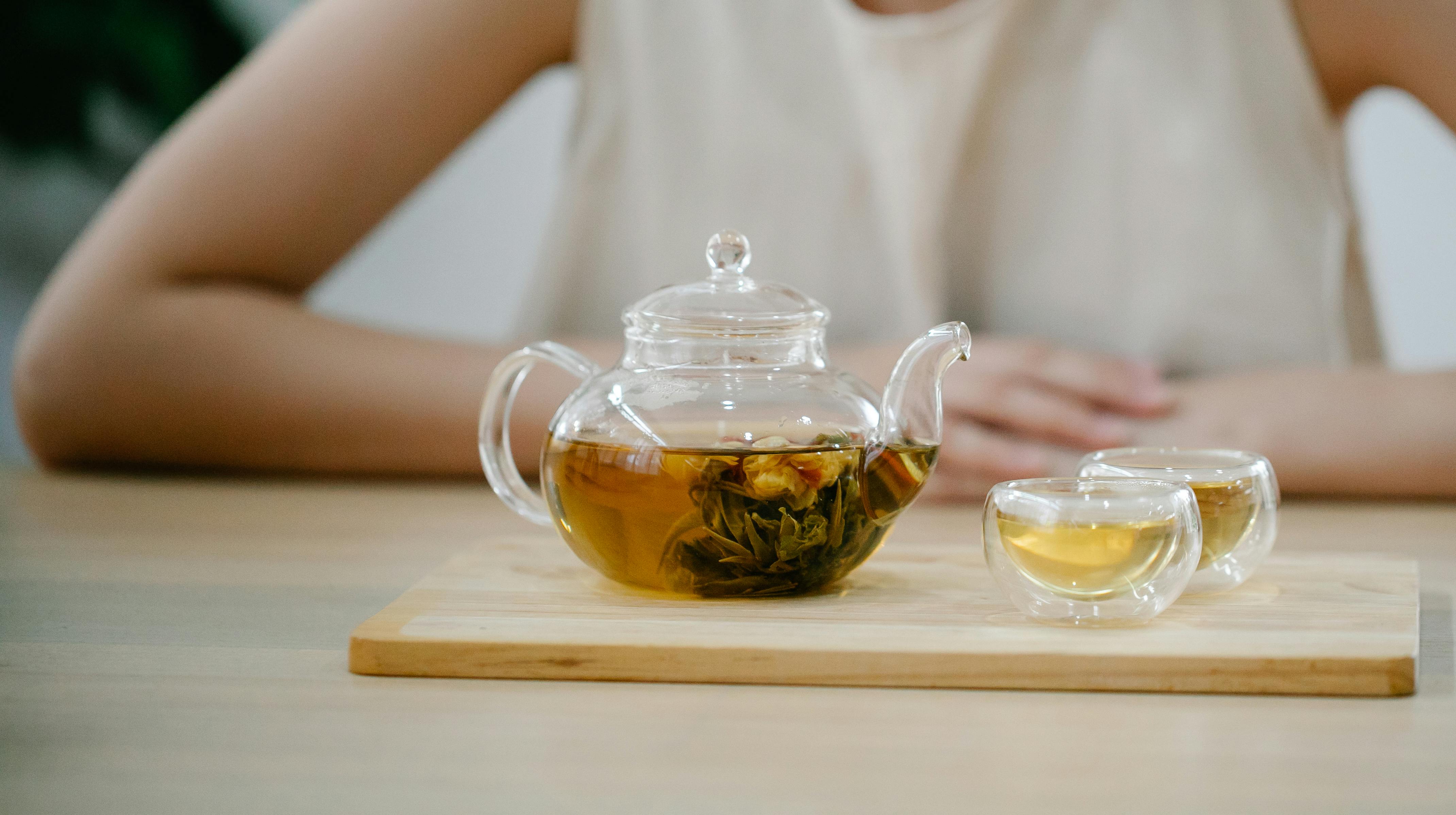
2. Composition and Active Herbal Ingredients
Each sachet of Himalaya Kof Tea contains a synergistic blend of botanicals selected for their therapeutic effects on the respiratory tract:
- Tulasi (Holy Basil): Exhibits potent anti-inflammatory and expectorant properties, aiding in the clearance of mucus from airways.
- Mulethi (Licorice): Acts as a demulcent, coating and soothing irritated throat tissues while exerting mild antitussive action.
- Vasaka (Malabar Nut): A well-known bronchodilator and mucolytic, traditionally used to loosen bronchial secretions.
- Ginger: Enhances circulation and exerts warming, antitussive effects that reduce cough frequency and intensity.
Complementary herbs and natural flavoring agents are incorporated to optimize taste and augment the bioavailability of the active constituents.
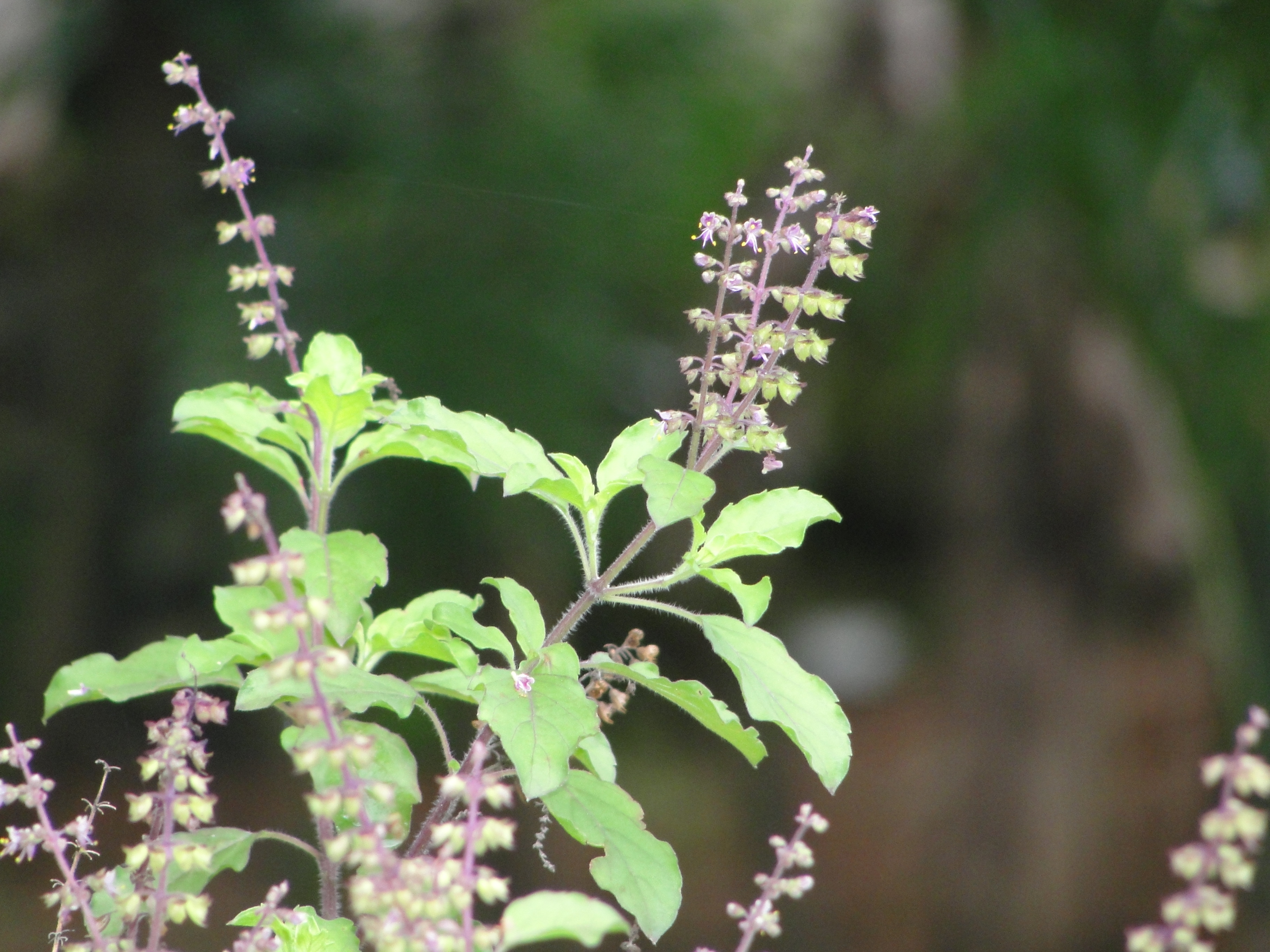
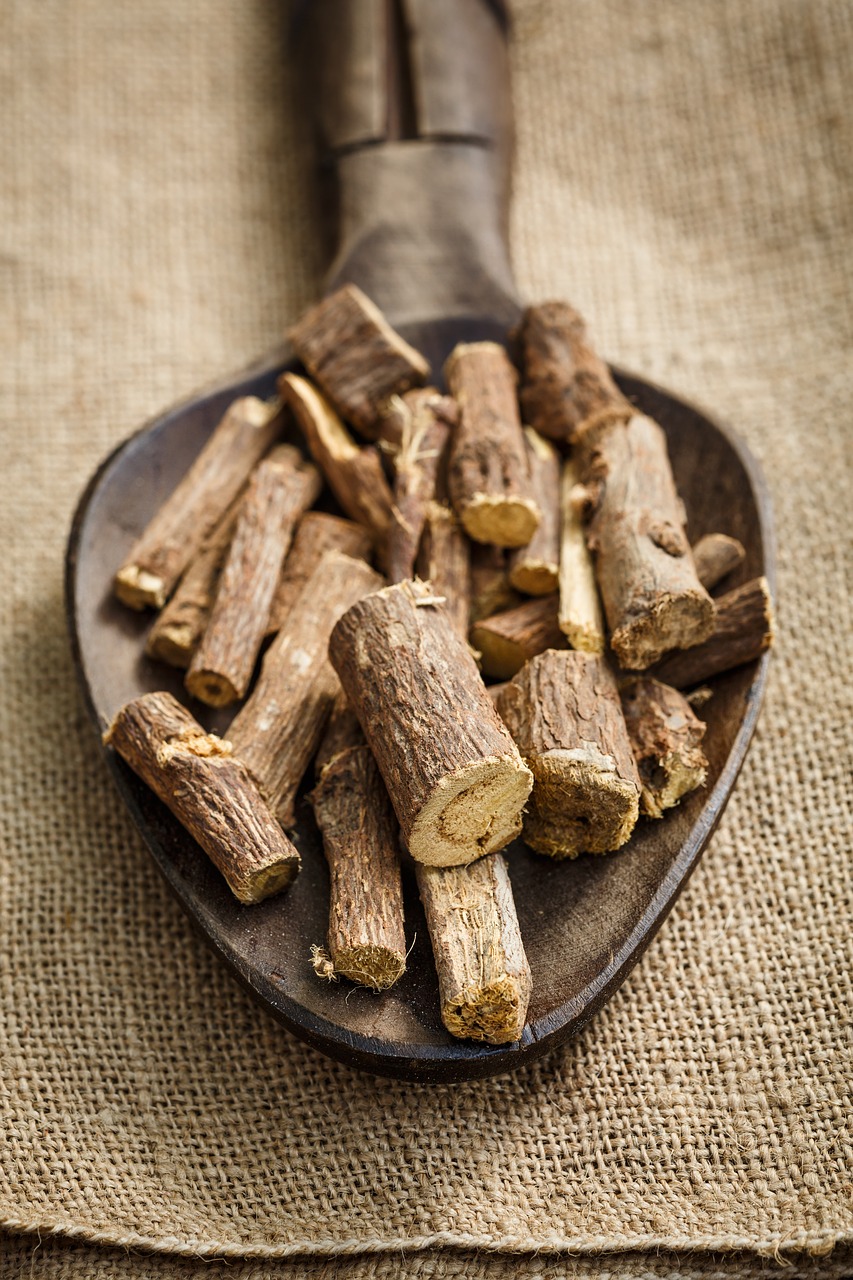
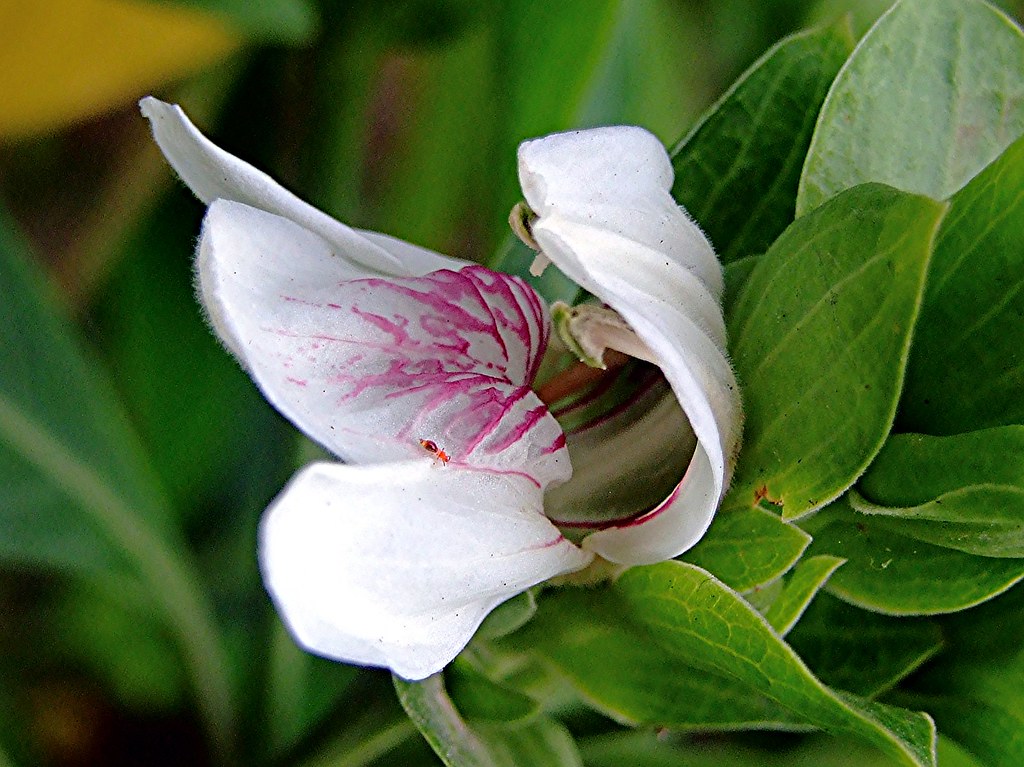
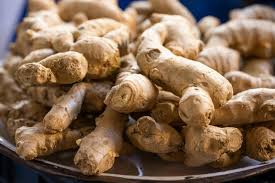
3. Mechanism of Action: How Himalaya Kof Tea Works
The formulation employs a multifaceted approach to respiratory relief:
- Expectorant and Mucolytic Effects: Helps break down thick mucus, facilitating its expulsion from the bronchial passages.
- Anti-inflammatory and Immunomodulatory Action: Reduces irritation and modulates immune response to alleviate persistent cough.
- Soothing Effect: Forms a protective film over the throat mucosa, reducing friction and discomfort.
- Thermogenic Activation: Promotes respiratory circulation and comfort through warming herbal agents like ginger.
4. Therapeutic Uses and On-Label Indications
Himalaya Kof Tea is indicated for:
- Alleviating dry, wet, and allergic coughs
- Soothing hoarseness, throat scratchiness, and pharyngeal inflammation
- Serving as a supportive agent during cold and flu episodes
- Enhancing respiratory ease in smoggy or dusty environments
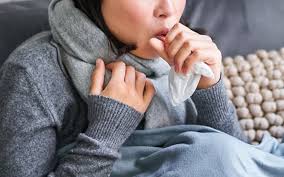
5. Off-Label Uses and Complementary Health Benefits
Though not formally listed as indications, the following off-label uses have been anecdotally supported:
- Vocal strain recovery for professionals such as singers, teachers, and public speakers
- Adjunct relief for bronchitis and mild asthma symptoms when used alongside conventional treatment
- Seasonal immune enhancement to help fend off respiratory infections
- Daily use for preventing recurrent throat irritation or mild allergic responses
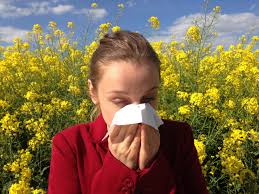
6. Recommended Dosage and Administration Guidelines
To derive optimal benefit from Himalaya Kof Tea, follow these administration instructions:
- Standard Dosage: Infuse one tea bag in a cup of hot water for 3-5 minutes; drink 2-3 times daily
- Best Taken: After meals or before bedtime to maximize soothing effects
- Dosage Adjustment: May increase frequency for acute symptoms or reduce for maintenance use
- Duration: Safe for both short-term use and extended wellness regimens
7. Common Side Effects and What to Expect
Most users tolerate Himalaya Kof Tea well, but some mild side effects may occur, including:
- Gastrointestinal issues such as bloating, gas, or mild indigestion
- Allergic skin reactions, such as rash or itching in sensitive individuals
- Rarely, increased mucus expectoration or mild throat dryness
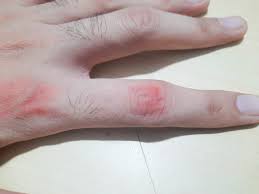
8. Less Common and Serious Side Effects
While uncommon, some users may experience:
- Hypersensitivity responses such as urticaria or contact dermatitis
- Changes in blood pressure, particularly in individuals with pre-existing cardiovascular conditions
- Potential herb-drug interactions in individuals on multiple medications
Seek medical guidance if any unusual or severe symptoms emerge.

9. Important Drug, Food, and Supplement Interactions
Exercise caution when combining Himalaya Kof Tea with the following:
- Anticoagulants or antiplatelet medications enhanced risk of bleeding potential
- Immunosuppressants or corticosteroids possible modulation of drug efficacy
- Mineral supplements such as calcium or iron may impair herbal absorption when taken concurrently
Space intake by at least 1-2 hours when combining with supplements or prescription drugs.
10. Warnings and Contraindications
Himalaya Kof Tea, though natural, is not intended to replace prescribed antitussives, bronchodilators, or other therapeutic agents in the management of moderate to severe respiratory illnesses. Its herbal formulation may not be sufficient for acute or chronic respiratory disorders requiring medical supervision.
- Do not use as a standalone treatment for bronchial asthma, chronic obstructive pulmonary disease (COPD), or pneumonia.
- Avoid consumption in individuals with a history of allergic reactions to herbal products, especially those containing tulasi, licorice, or vasaka.
- Contraindicated in patients with severe respiratory impairment or hepatic insufficiency, due to the potential strain on metabolic pathways.
11. Guidelines for Careful Administration
Proper administration is essential to ensure safe and effective use, particularly for individuals new to herbal remedies.
- Start with a reduced frequency (once daily) for first-time users to assess tolerance.
- Closely monitor for signs of sensitivity, such as itching, skin rashes, or digestive upset.
- If cough symptoms persist beyond 7 days, discontinue use and seek medical evaluation to rule out underlying conditions.
12. Essential Precautions Before and During Use
To preserve the efficacy and safety of Himalaya Kof Tea, users must observe the following precautions:
- Avoid co-ingestion with caffeinated or carbonated beverages, as they may interfere with herbal absorption and diminish soothing effects.
- Do not exceed the recommended dosage of 2-3 cups per day. Overuse may lead to undesirable side effects or reduced tolerance.
- Store in a cool, dry location away from moisture and direct sunlight to maintain phytochemical integrity.
13. Use in Special Populations: Elderly Individuals
Elderly users may require modified administration due to age-related physiological changes.
- Adjust dosage frequency based on respiratory function and overall health status.
- Monitor for signs of delayed metabolism or prolonged herb activity, which may occur due to decreased hepatic and renal clearance.
- Ensure adequate hydration to support mucosal integrity and enhance the expectorant effect of the tea.
14. Use in Pregnant Women and Nursing Mothers
Due to limited clinical safety data, caution is strongly advised when considering Himalaya Kof Tea during pregnancy or lactation.
- There is insufficient evidence regarding its safety in pregnant or breastfeeding individuals.
- Consult a healthcare provider prior to use, especially due to potential hormonal or uterotonic effects of certain herbs.
- Avoid use in the first trimester and while nursing a newborn, unless under direct medical supervision.

15. Use in Pediatric Population
Himalaya Kof Tea may be cautiously used in children, provided age-appropriate adjustments and supervision are ensured.
- Suitable for children above 5 years of age, under adult guidance.
- For younger children, dilution with warm water is recommended to reduce potency and irritation.
- Do not use in children with chronic respiratory disorders, liver dysfunction, or known hypersensitivity to herbal components.
16. Overdose Risks and Symptoms
While generally safe, excessive intake of Himalaya Kof Tea may lead to adverse reactions.
- Symptoms of overdose include nausea, vomiting, light-headedness, and irritability.
- In rare instances, hepatotoxicity or herb-induced liver stress may occur with chronic overconsumption.
- Discontinue use immediately in overdose scenarios and seek prompt medical consultation.
17. Storage Instructions for Product Integrity
Proper storage extends the shelf-life and preserves the efficacy of Himalaya Kof Tea.
- Store in an environment with low humidity and stable temperatures below 25°C.
- Follow expiration date indicated on packaging to ensure safety and potency.
- Avoid exposure to sunlight, air, and contaminants by resealing packaging after each use.
18. Safe Handling and Disposal Practices
Adhering to hygienic and eco-conscious handling practices is essential for safety and sustainability.
- Always prepare using clean utensils and freshly boiled water to minimize microbial contamination.
- Ensure individual sachets remain sealed until time of use.
- Dispose of expired or unused tea bags responsibly. Compostable materials should be discarded in biodegradable waste where appropriate.
Himalaya Kof Tea FAQ
- Is Koflet for dry or wet cough?
- What is Himalaya KofTea?
- What are the key ingredients in Himalaya KofTea and how do they help with cough and cold symptoms?
- Does Himalaya KofTea contain caffeine?
- How should Himalaya KofTea be consumed for best results?
- Can Himalaya KofTea help with different types of coughs?
- Are there any potential side effects of drinking Himalaya KofTea?
Is Koflet for dry or wet cough?
Koflet can help in managing both productive and dry cough.
What is Himalaya KofTea?
The Himalaya Wellness Company promotes Himalaya KofTea as a tea mix designed to alleviate symptoms of coughing and sore throats commonly associated with conditions using traditional Ayurvedic methods.
What are the key ingredients in Himalaya KofTea and how do they help with cough and cold symptoms?
- Vasa (also known as Malabar Nut and valued for its ability to clear the airways and expand passages)
- Yashtimandhu (commonly referred to as Licorice due to its calming effects on the throat and anti-inflammatory properties)
- Tulsi (famously known as Holy Basil for its immune system boosting capabilities and antiviral qualities).
- Ginger
Does Himalaya KofTea contain caffeine?
Typically, Himalaya KofTea is formulated to be caffeine-free, as its primary focus is on providing relief and comfort for cough-related issues.
How should Himalaya KofTea be consumed for best results?
It's a good idea to have 2 to 4 cups of KofTea each day and enjoy it warm. You need to steep a tea bag in water for a couple of minutes.
Can Himalaya KofTea help with different types of coughs?
The components found in KofTea have traditionally been utilized to alleviate symptoms of both wet cough conditions. Vasa aids in clearing mucus, whereas Yashtimadhu provides relief for a sore and inflamed throat commonly linked to cough episodes.
Are there any potential side effects of drinking Himalaya KofTea?
No

